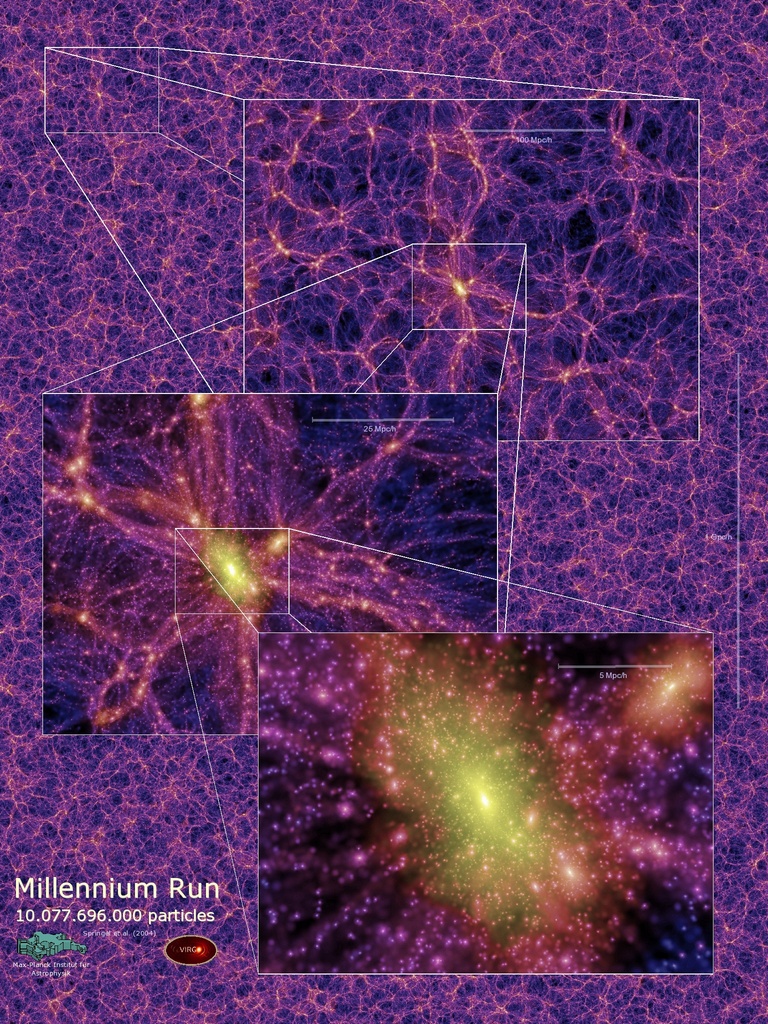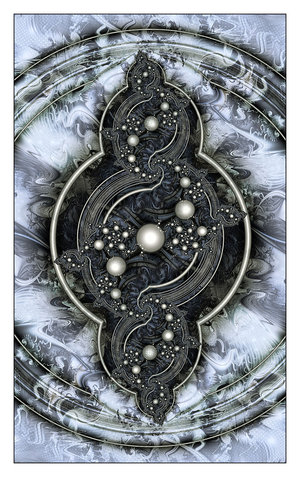

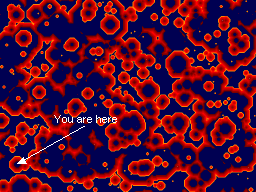
Parallel Universes
The Idea of Multiple Worlds in Philosophy, Science, and Science Fiction



The idea that our world is one of an unfathomably large, perhaps infinite, number of alternative worlds is an old one. In the East, it was developed thousands of years ago in the cosmological discussions of the Hindu puranas, as well as many of the early Buddhist sutras. In the ancient Geek and Roman West, Empedocles, Epicurus, Lucretius, and even Plato were advocates of the idea of multiple worlds. The triumph of mainstream Jewish, Christian, and Islamic traditions put an end to the development of a many-worlds cosmology in the lands west of India for more than a thousand years, but the rise of a mathematical science of nature, beginning in the Renaissance, reintroduced the theme into European thought. In particular, the philosophers Giordano Bruno, G.W.F. Leibniz, and Friedrich Nietzsche developed new versions of a theory of multiple worlds. However, it was not until such revolutionary achievements of twentieth century science as quantum mechanics and inflationary cosmology that the concept of "parallel universes" was placed on a firm footing. Unfortunately the majority of professional philosophers have not been attentive to this development, continuing to operate instead with obsolete, though seemingly commonsensical, notions of a straightforwardly singular universe. But, happily, science fiction writers have not been so lackadaisical. Such masters of the genre as Olaf Stapledon, Arthur C. Clarke, Philip K. Dick, and Robert Anton Wilson have speculated in their novels on the theme of multiple worlds, sometimes with considerable profundity. In this course, we will explore the topic of multiple worldss in philosophy, science, and science fiction in an attempt to answer the most fundamental question of metaphysics: what really exists, and why?
This course is experimental in two ways. The first is that it adopts a multidisciplinary approach to a metaphysical theme. For that reason, it will call on the expertise of a number of guest lecturers, representing philosophy, science, literature, and the visual arts. The second is that the course will be taught in the virtual online "Metaverse" of Second Life. To take the course, you must have access to a computer with a cable or DSL internet connection as well as a Second Life account. You can get an account for free at: www.secondlife.com. The account will provide you with an "avatar" - i.e. a virtual you - that you can manipulate in the simulated Second Life Metaverse. We will meet from January 31 to May 7 on Thursday evenings from 7 to 9 PM, U.S. Eastern Standard Time in a lecture hall in the Philosophy Institute of Harmony Village. The first half of the meeting will be devoted to lectures and presentations, and the second half to open discussion. Any of my UMass Boston students can take the course for full university credit, but the course is also open to anyone in Second Life who wishes to participate informally. My students should register with the Philosophy Department Secretary for Phil 478.
All course readings are linked to this webpage.
By the way, this is my Second Life avatar, who's name is Georg Janick (hard G and a J pronounced as a Y). He's definitely better looking but just slightly smarter than me.
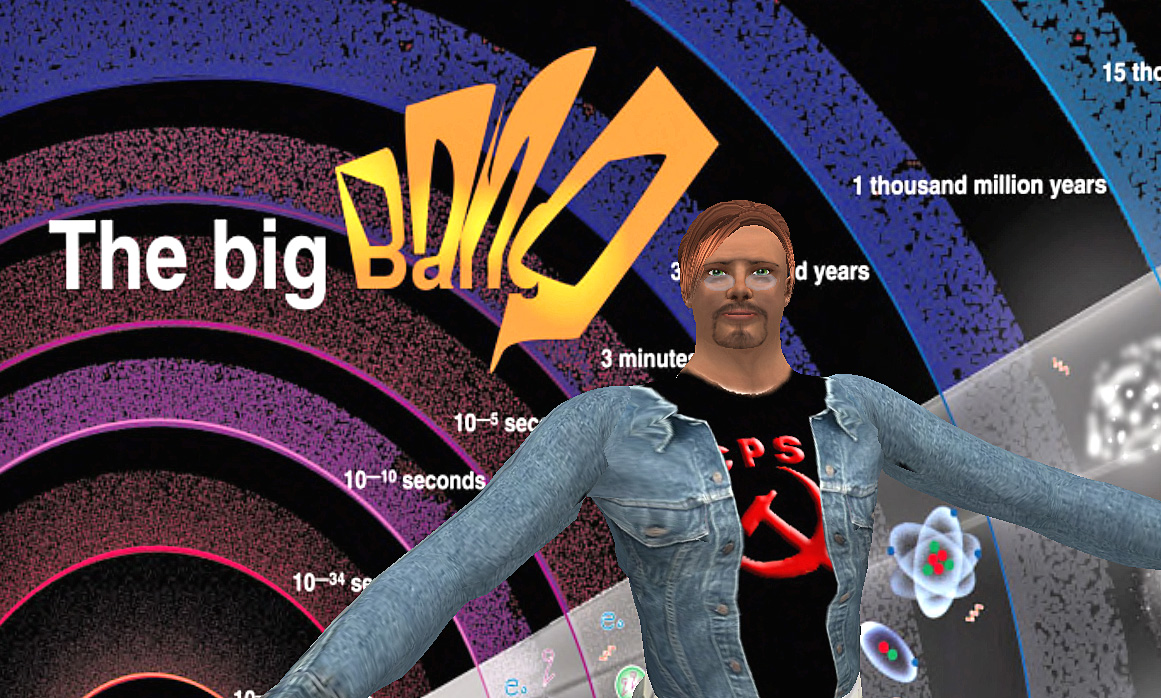
1. Multiple Worlds in Star Maker and Other Works of Science Fiction
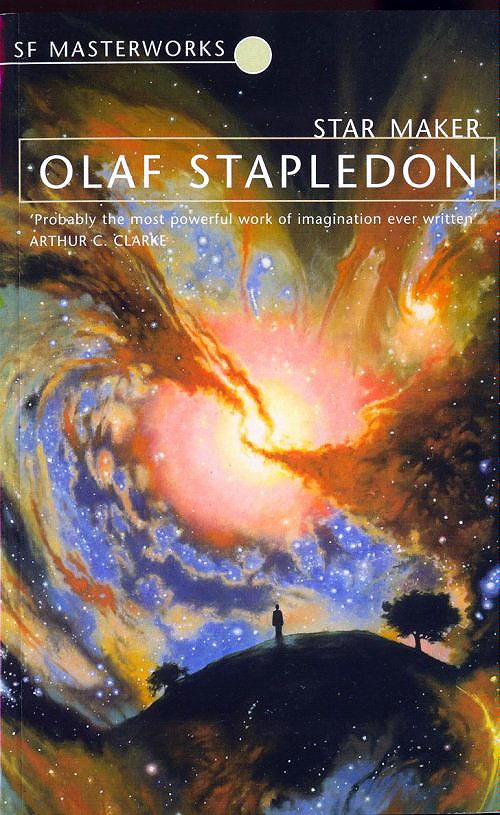
Required
Philip K_ Dick on Philosophy: A Brief Interview
Starmaker
Optional
Arthur C_ Clarke - Summary Bibliography
Hour 25 Interview A Talk With Philip K_ Dick
Robert Anton Wilson Schrodinger's Cat Trilogy
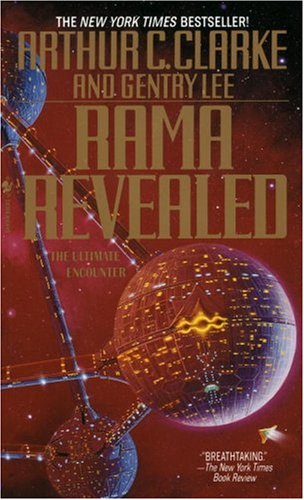
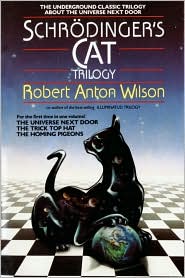
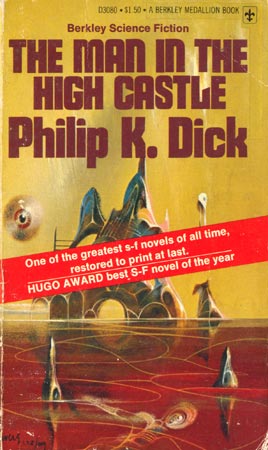
Infinity and Multiple Worlds in the Western Philosophical Tradition
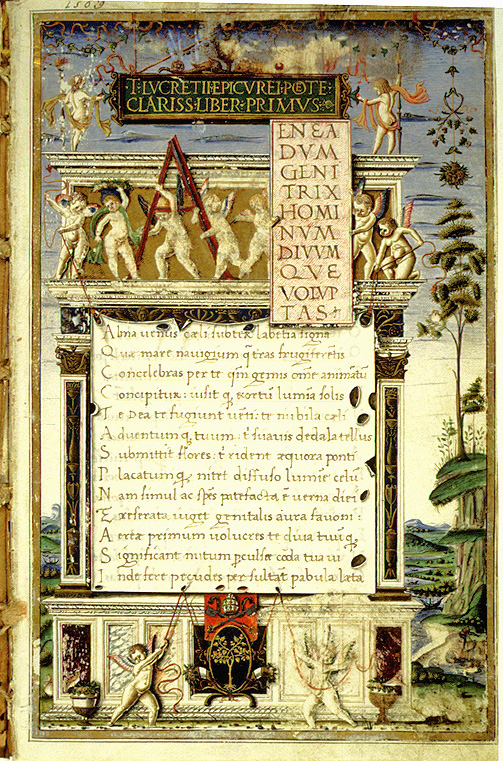
Required
Lucretius: On the Nature of Things
Bruno: On the Infinite Universe and Worlds
Nietzsche: On the Eternal Recurrence
Optional
Leibniz: On the Ultimate Origin of The Universe
Leibniz: Discourse On Metaphysics
Philosophical Works of Leibniz
Mattey: Synopsis of the Leibniz-Arnauld Correspondence
Engels: Dialectics of Nature -- Chapter 1 Introduction
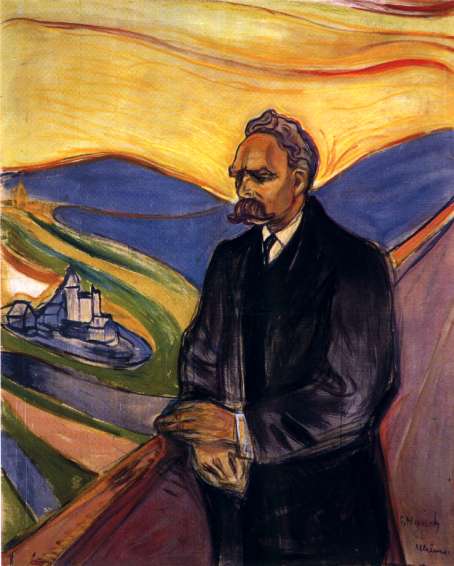
Universe and Multiverse in Contemporary Physical Cosmology
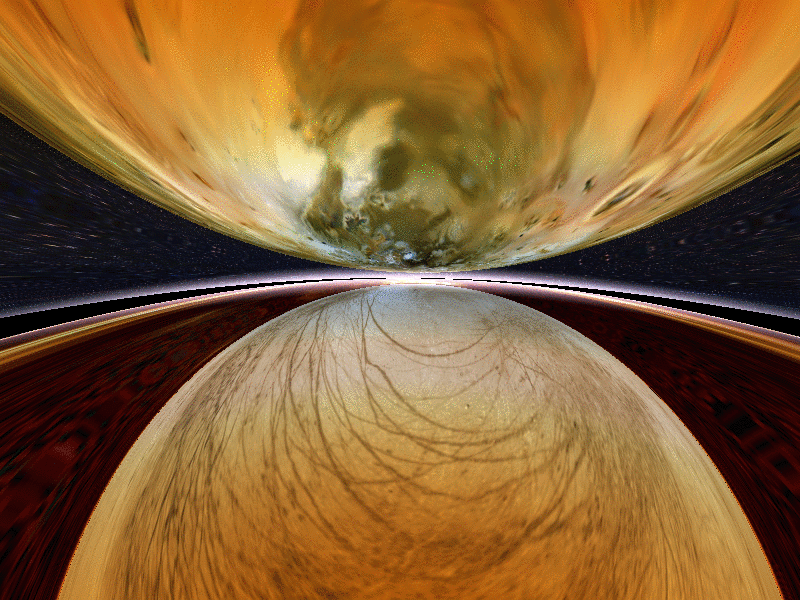
Required
Guth: The Inflationary Universe
Linde: Self-Reproducing Inflationary Cosmos
Philosophical Implications of Inflation
Many-Worlds Interpretation of Quantum Mechanics
Optional
Frequently Asked Questions in Cosmology
Galaxies and the Universe - Large-Scale Structure
Short: Space, Time, and Explanation of the Universe
Short: Evidence for the Big Bang
Rees: An Ensemble of Universes
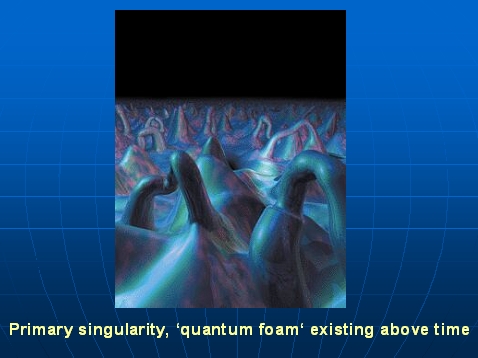
The Anthropic Cosmological Principle and the Idea of Multiple Worlds
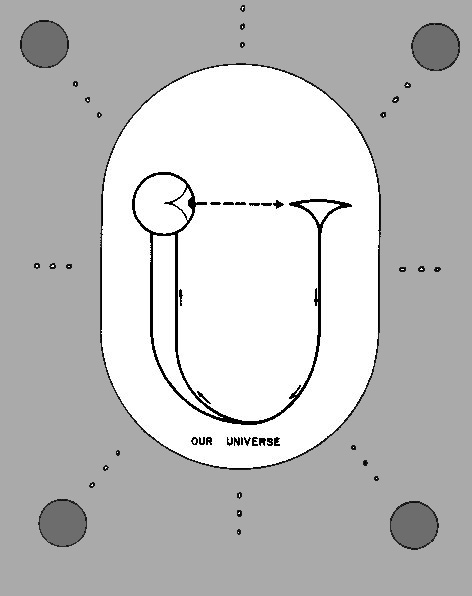
Required
Leslie: Observership in Cosmology - The Anthropic Principle
Smith: The Anthropic Principle and Many Worlds Cosmologies
Leslie: Cosmology and Theology (Stanford Encyclopedia of Philosophy)
Smolin: A Theory of the Whole Universe
Optional
Leslie: The Prerequisites of Life in Our Universe
Short: Birth, Life, and Death of the Stars
Stenger: The Anthropic Coincidences
Barrow and Tipler on the Anthropic Principle vs_ Divine Design
Causation and the Logical Impossibility of a Divine Cause

Virtual Reality and Simulated Worlds
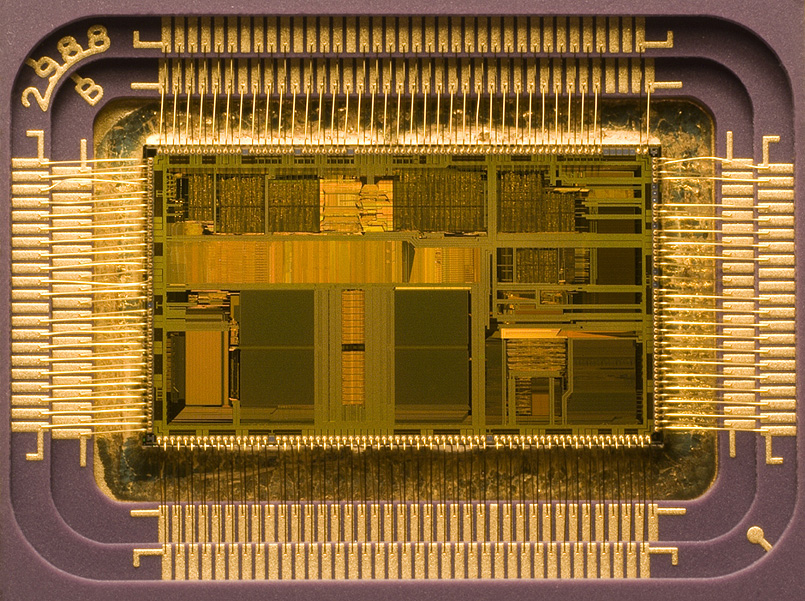
Required
Wigner: The Unreasonable Effectiveness of Mathematics in the Natural Sciences
Simulated Reality: The Big Brother Universe
Are You Living in a Computer Simulation?
Moravec: Simulation, Consciousness, Existence
Optional
Barrow: Living in a Simulated Universe
